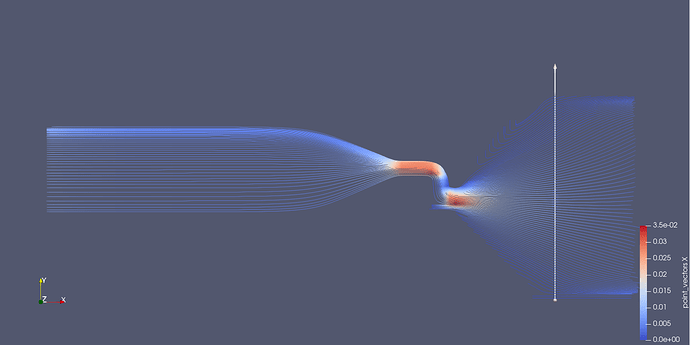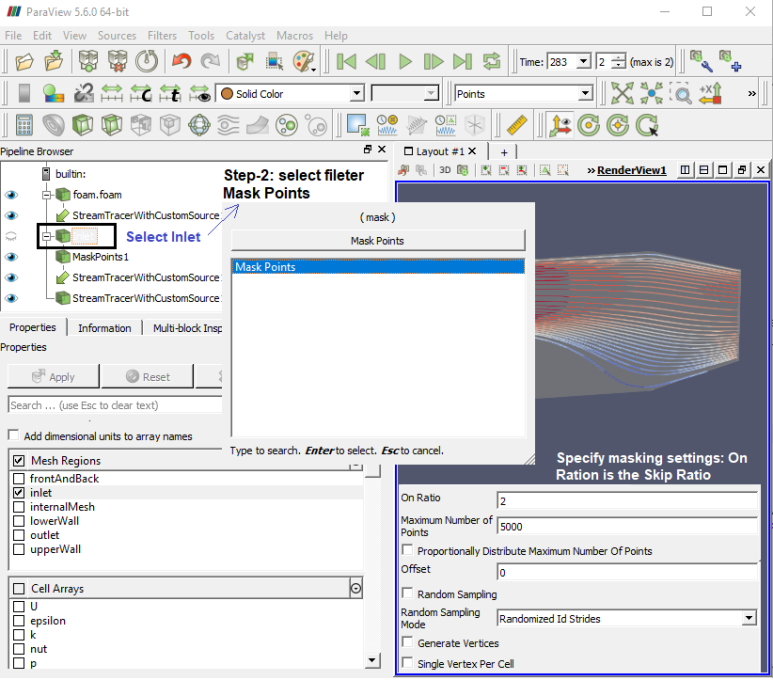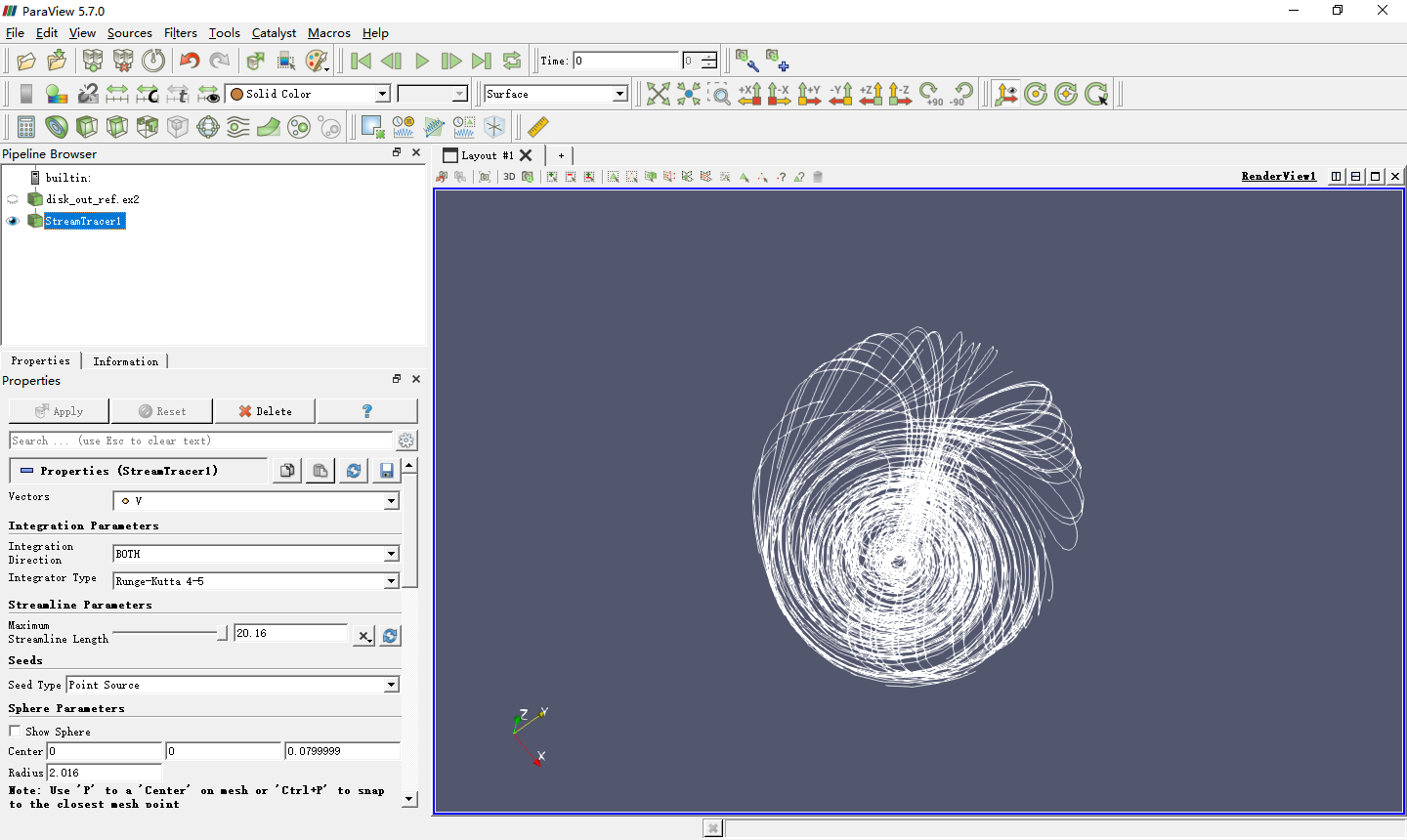
In practice, the determination of the streamlines for unsteady flows is therefore connected with a relatively large effort. Animation: Streamlines of an air vortex illustrated by flags Figure: Streamlines of an air vortex illustrated by flags If one then draws lines that are parallel to the flags (direction of velocity), one would obtain streamlines in this way. These flags show the current direction of flow at a certain point in time for their respective location. In the case of turbulent air, the velocity field could be made visible, for example, by many small flags. Pathlines and streamlines are therefore different.

Pathlines do not therefore represent the velocity field of an unsteady flow. At this point in time t 2 the flow velocity is no longer tangential to the pathline of feather 1. While at a point in time t 1 the velocity vector of the flow at point A points to the upper right (v 1) when feather 1 is released, at a later point in time t 2 – when feather 2 is released – the velocity vector points to the upper left (v 2). Figure: Velocity of an unsteady flow in one point in space, but at different times The figure below shows once again the trajectories of the two feathers, which are released at different times.

In the case of an unsteady flow, it is basically no longer possible to draw conclusions about the velocity of the flow at a certain point in time from a given pathline. Difference between streamline and pathline Only in a steady flow are streamlines identical to pathlines. Streamlines are imaginary lines that represent the direction of the flowing fluid at a certain point in time (the direction of flow velocity is tangential to the streamline). Several parallel streamlines in the shape of a tube form a so-called stream tube. Such a line is also referred to as a streamline. In this case, the direction of the flow corresponds to the tangent to the pathline. based on a certain point, a fluid particle always follows different pathlines! Animation: Pathlines (trajectories) of two feathers in an unsteady air flow (wind) StreamlinesĪ closer look shows that only for a steady case a pathline can also represent the (constant) flow velocity. In a unsteady flow, the velocity of the flow changes in magnitude and direction, i.e. Figure: Pathlines (trajectories) of two feathers in an unsteady air flow (wind) If you release two feathers at different times at the same point (point A in the figure), they will follow different pathlines, because the velocity of the flow changes permanently in magnitude and direction. A very good example of a unsteady flow is wind on a stormy day. In this case one speaks of a unsteady flow. If, on the other hand, a flow changes in time, a particle introduced later in the fluid at a certain point would move along a different pathline. starting from a certain point, a fluid particle always follows the same path! Animation: Pathline (trajectory) of a paper ship in a steady stream In a steady flow, the speed of the flow remains constant in time at every point, i.e. Figure: Pathline (trajectory) of a paper ship in a steady stream No matter at what point in time you put a paper ship into the current (point A in the figure), it would always follow the same trajectory. An example of an approximately steady flow would be the flow of water in the middle of a small, shallow stream. In this case one also speaks of a steady flow.Ī flow is always steady if particles that are introduced into the fluid at a certain point always move along the same path. However, this is only possible in one special case, namely when the flow does not change in time. Pathlines (trajectories) are imaginary flow paths on which massless particles would move in the fluid!Īt this point, one could jump to the conclusion that the direction of flow can always be visualized with a pathline.

Figure: Aircraft model in a wind tunnel to study the flow around the aircraft ink) can be added to the fluid to make the pathlines visible. In the case of flowing liquids, dyes (e.g. A whitish fog is formed, which is added to the flowing air.

To visualize the pathlines in wind tunnels, glycerine is usually used, which is brought to evaporation. Figure: Pathlines in a laminar and a turbulent flow


 0 kommentar(er)
0 kommentar(er)
